Laser eye surgery has never been this fast and painless, and with the development of technology it is of a better quality and it is a safer procedure than before. Over the last 30 years, more than 50 million people have gotten rid of dioptres with laser treatments. This makes is the most frequently performed surgical procedure done upon patient request, and the one with the highest patient satisfaction score.
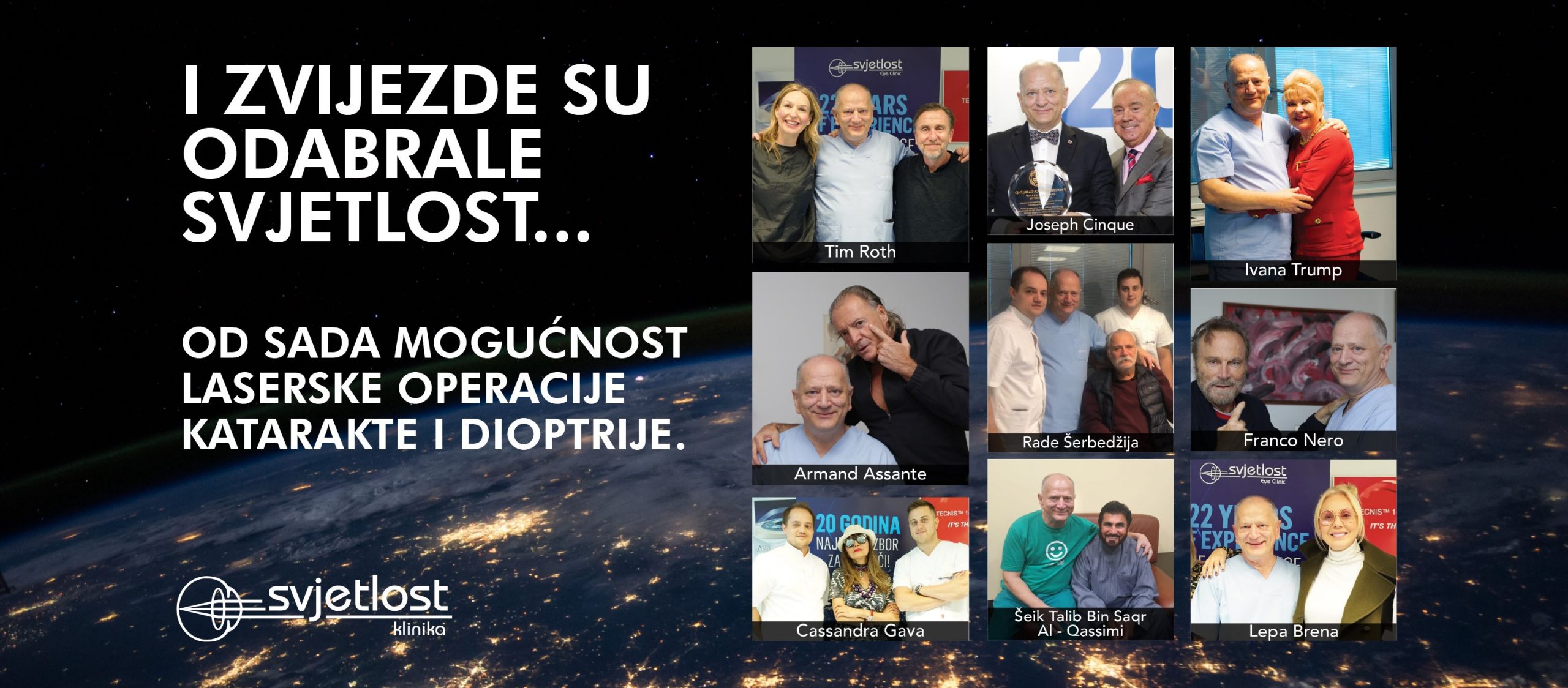
Eliminate Dioptre Values in 2 Seconds
Nowadays, all types of operations are fully computer-controlled by precise software programmes. Modern lasers can remove one dioptre value in less than 2 seconds. Systems used for tracking the eye of a patient during the operation allow a precise delivery of the laser beam to an exact place regardless of the micromovements of the patient’s eye during the laser procedure. Thanks to the perfect precision and fast software systems, all of the procedures performed today are 99% safe. The selection of the method depends solely on the characteristics of the eye, the value of the dioptre and the lifestyle of the patient. Modern lasers can correct dioptre values from -10.0 to +5.0 as well as ±5.0 astigmatism dioptre value, which means that practically 95% of people are candidates for surgery. There is a solution for vision correction for people with dioptre values higher than those stated above. The most sophisticated lenses are implanted into the eyes with equally good results, and in some cases even better results than laser vision correction.
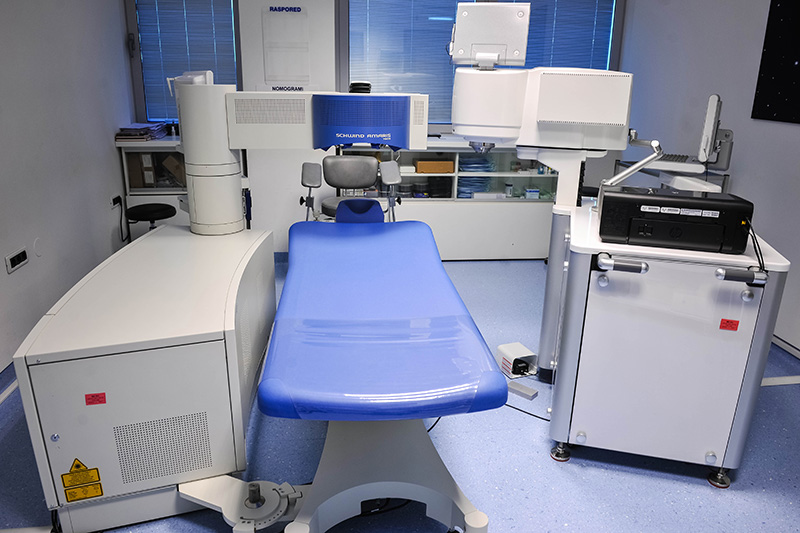
LASIK Method
Nowadays there are several methods of vision correction surgery, and the basic types of methods depend on the depth of the corneal incisions. LASIK is the most commonly performed type of surgery for vision correction and the most common choice of surgeons due to its high accuracy, excellent and long-term stable postoperative results, the complete absence of pain (both during the surgery and in the postoperative period) and a very rare occurrence of complications. This type of LASIK method is fully automated and laser-controlled, without using the knife blade. Femtosecond lasers presented a new step forward in the safety of LASIK surgery. Today, the surgeries are performed exclusively on the latest model of IntraLase femtosecond laser, which is also the most commonly used femtosecond laser in the world. Femtosecond method which uses the IntraLase laser to create the flap together with the Schwind Amaris laser to remodel the cornea is currently the best choice in laser vision correction. It also reduces the possibility of occurrence of dry eye and enables better healing. In general, LASIK with microkeratome (standard LASIK) is the first developed LASIK method which, apart from good technology, also needs an experienced hand of a surgeon to create the flap with the help of microkeratome. Last generations of microkeratome used at Svjetlost Eye Clinic allow very precise creating of the flap on the cornea, regular edges and predetermined thickness and shape. The procedure lasts only a few minutes and does not create any discomfort to the patient.
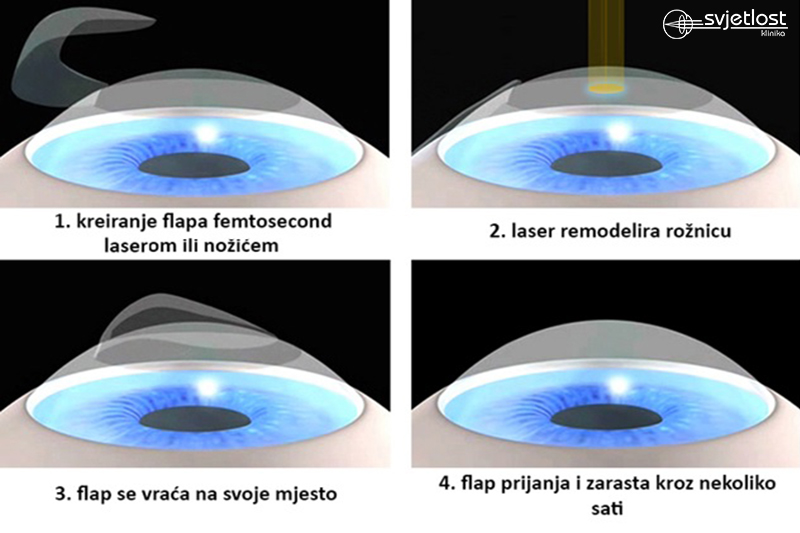
PRK Method
Photorefractive keratectomy (PRK) is suitable for people with negative diopter values, with astigmatism up to 3.0 diopters, in mild irregularities of the cornea, in cases of a thin cornea and corneal scars. Transepithelial PRK (T-PRK, TransPRK, No touch PRK) is the latest PRK method in which the epithelium is removed by excimer laser. The Amaris laser makes PRK possible without touching the eye, i.e. the epithelial layer and diopter are removed by laser in one step, without the hand of a surgeon. This method has led to a significant reduction of postoperative discomfort and pain for the patient as well as to the faster healing of the eye, and therefore, a faster recovery. At Svjetlost Eye Clinic T-PRK method is exclusively performed with the use of Schwind Amaris 750S laser. Due to the high speed of diopter correction, this laser has extremely precise results (over 98% accuracy), and the small size of the beam diameter results in the smoothest surface which is most similar, or even better in some patients, than a virgin cornea.
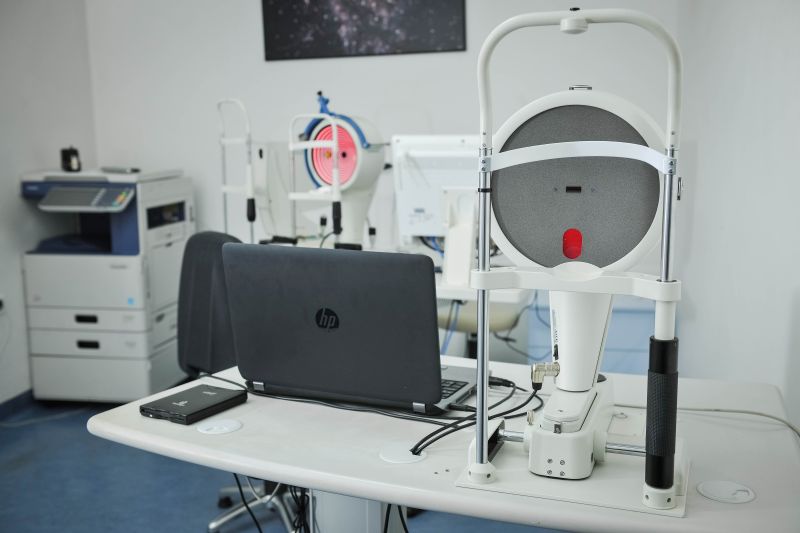
Keeping up-to-date With State-of-the-art Technology
Over the past two decades, for as long as dioptric laser surgery technology has been present in this part of Europe, the chain of Svjetlost Eye Clinics has been a leader in technological equipment and experience. From the first laser correction surgery in the region which was performed by Professor Nikica Gabrić in 1998 up to the present day, several generations of lasers have been used and surgical methods and laser technologies have been improved to keep the Clinic up to date with the latest advances in ophthalmology. In addition to technological excellence, the experience of the specialist is also indispensable.
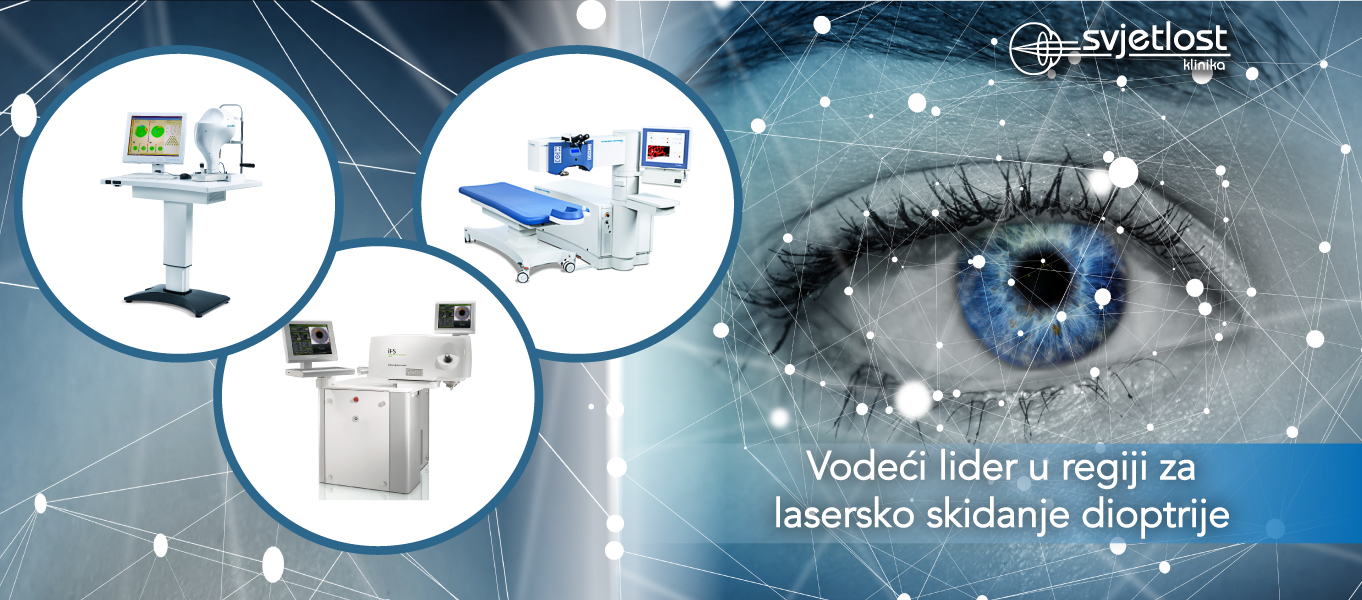
There are more than 10 eye specialists at Svjetlost Eye Clinic. In the past 20 years, they have performed eye correction surgery on more than 60 thousand eyes which is the result only a few European eye clinics can boast about.
Diagnostic Devices
OCULUS Pentacam HR and CSO corneal topographers take images of the corneal surface and are the most important examination when selecting candidates for laser vision correction. The apparatuses take images of the front and back surface of the cornea. They show in digital form the actual corneal surface, as well as the mathematical models that indicate the existence / non-existence of deviations from a perfectly healthy eye. Pentacam HR is considered the gold standard (reference device) in the topography of the cornea and it can make 100 images of the cornea in a second, with 138,000 processed points in only 2 seconds. CSO Sirius is directly linked to the excimer laser and allows the use of personalized treatments.
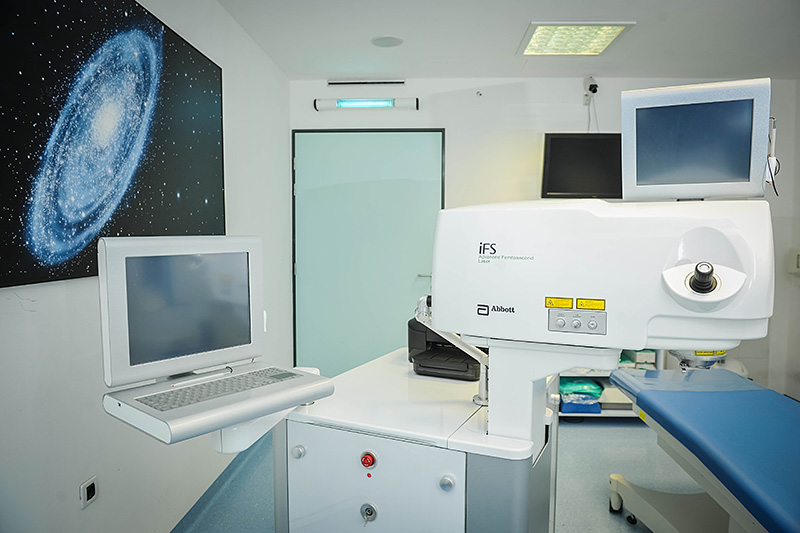
Private Healthcare Institution Special Ophthalmic Hospital Svjetlost in Sarajevo –
23 Dr. Mustafe Pintola Street, Ilidža / Sarajevo
+387 33 762 772
Branch Office 1
8A Bolnička Street / Sarajevo – Centre
+387 33 762 772